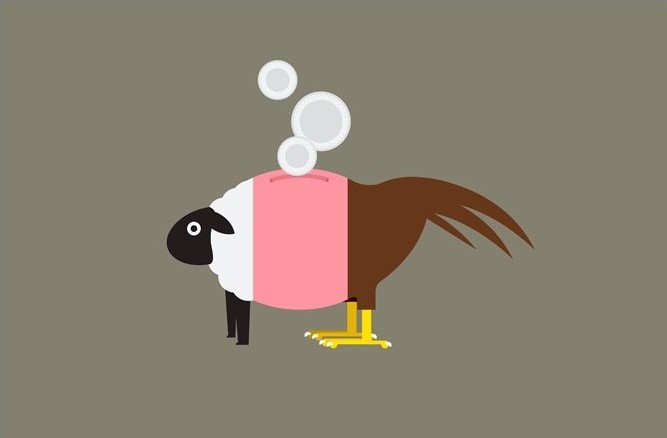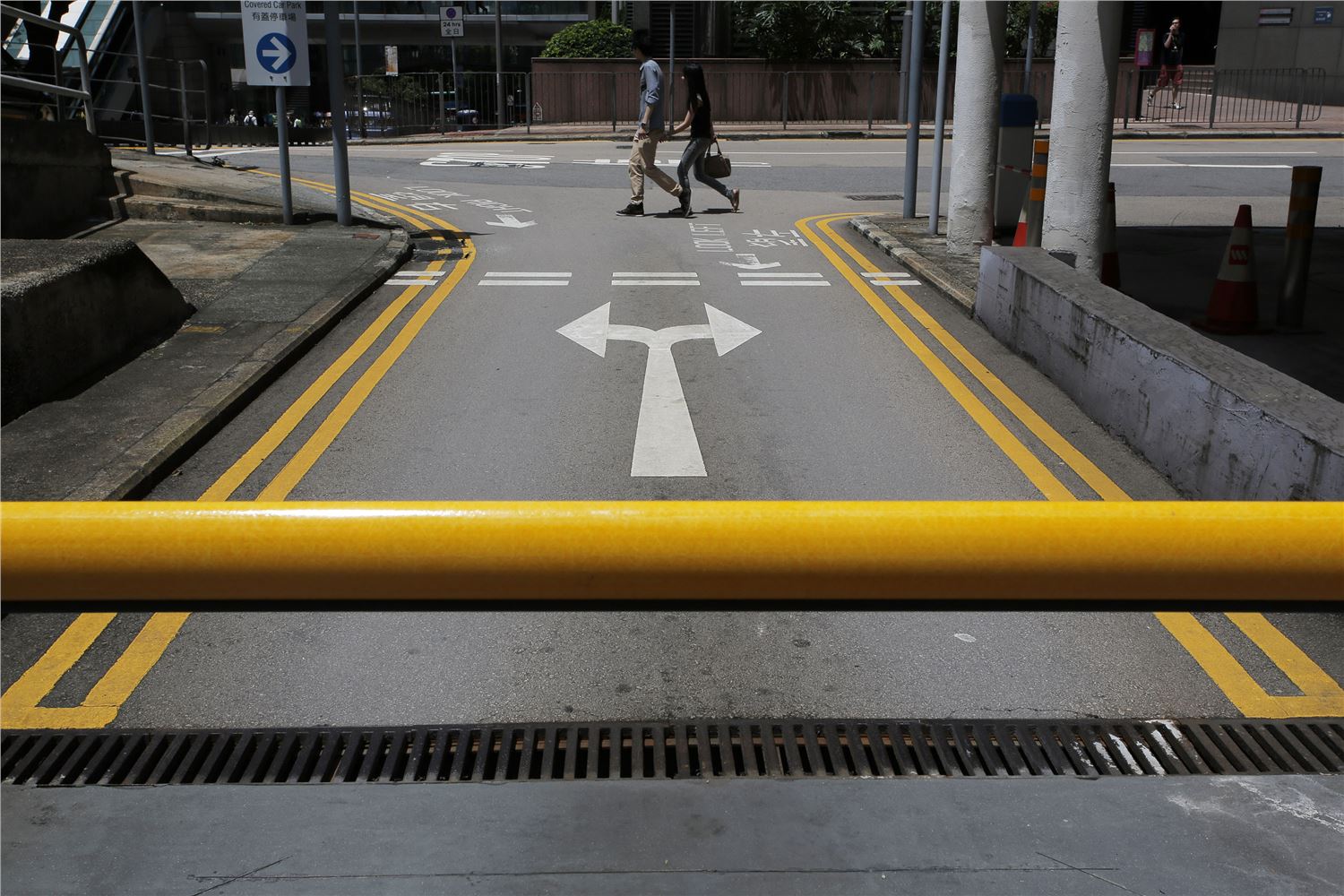
You may have heard the Hong Kong old-style way of retirement: Accumulating HSBC shares from a young age and retiring at ease on the very agreeable amounts of dividend paid. This seemingly appealing approach depends on the perception that the dividend stream paid out by HSBC (00005) is regular, and never interrupted. It had not failed investors until the unexpected dividend cut in 2020, which struck retirees who take HSBC’s dividend as a supplementary – or more extremely, single – income source to cover retirement expenses.
Regardless of the chaotic times during the pandemic, it is ill-advised to be dependent on a single asset and a non-guaranteed source of income. What elements are missed there?
‘Bucket’ strategies
Christine Benz, Director of Personal Finance at Morningstar, suggests a look into Bucket strategies. In addition to income-generation securities, the strategies follow a total return approach, that sets to also capture the capital appreciation potential.
She highlighted the challenges that declining interest rates have brought to retirement planning. “Minimal yields are offered on safe instruments like money market accounts and high-quality bonds. To be able to afford retirement, people are left choices of delaying the retirement date, saving more, reducing their standards of living, or taking more risks with their portfolios.”
She believes the Bucket strategies could meet those challenges. “The Bucket concept is anchored on the basic premise that assets needed to fund near-term living expenses ought to remain in cash, dinky yields and all. Assets that won't be needed for several years or more can be parked in a diversified pool of long-term holdings, with the cash buffer providing the peace of mind to ride out periodic downturns in the long-term portfolio.” Additionally, the approach also factors in the different investment focuses across various time frames.
Having three buckets allows a retiree to readily see which parts of the portfolio have appreciated the most and could be pruned for living expenses. Bucket 1: Cash, Bucket 2: Intermediate-term assets such as bonds, and Bucket 3: Long-term assets like stocks.
Bucket 1: Cash
Investors are wary of a cash drag. But when the amount is right, a certain level of cash is a safety piece of the portfolio while avoiding the excessive opportunity cost to having too much dead money. Cash on hand in turn gives you a very low deposit rate, or a negative return once inflation is factored in.
“We are not taking any chances with this piece of the portfolio, because we want it to be there when we need to meet our living expenses,” says Benz, who believes one to two years of living cost coverage is plenty for most retirees.
Bucket 2: Intermediate-term assets
Bucket two is taking slightly more risk with this portion of the portfolio in achieving some coupon income. Balanced or conservative- and moderate-allocation funds would also be appropriate in this part of the portfolio. In terms of assets, the portfolio is dominated by high-quality securities, mainly the fixed-income exposure but might also include a small share of dividend-paying equities and other yield-rich securities. You may also think about adding a little bit of inflation protection to this portion of the portfolio.
In addition, under Benz’s framework, this portfolio segment should contain five or more years' worth of living expenses, with a goal of income production and stability.
Bucket 3: Long-term assets
The last bucket is the growth engine of the portfolio. As this is made to carry you through years 11 and beyond of your retirement, this bucket is likely positioned to capture multiyear growth. Thus, the portfolio predominately invests in stocks and more volatile bond types such as junk bonds. Also, this bucket has a longer time horizon, which also translate into greater loss potential.
What’s next? Stick to it!
After setting up the buckets, the next is the discipline to regulate your spending.
One rule to the buckets is not to constantly reassign money into your cash spending bucket. Benz says: “That's too complicated and too much work. Nor are you spending sequentially through the buckets--cash first, then bonds, then stocks. That could leave you with a stock-only portfolio when you're 80, which is not what most retirees want.”
In fact, retirees are recommended to spend from bucket 1 each year and then replenish the cash as the cash is spent down using a combination of recurring income, such as stock dividends, interest on bonds, and rebalancing proceed from buckets 2 and especially 3.
©2021 Morningstar. All rights reserved. The information, data, analyses and opinions presented herein do not constitute investment advice; are provided as of the date written, solely for informational purposes; and subject to change at any time without notice. This content is not an offer to buy or sell any particular security and is not warranted to be correct, complete or accurate. Past performance is not a guarantee of future results. The Morningstar name and logo are registered marks of Morningstar, Inc. This article includes proprietary materials of Morningstar; reproduction, transcription or other use, by any means, in whole or in part, without prior, written consent of Morningstar is prohibited. This article is intended for general circulation, and does not take into account the specific investment objectives, financial situation or particular needs of any particular person. Investors should consult a financial adviser regarding the suitability of any investment product, taking into account their specific investment objectives, financial situation or particular needs, before making any investment decisions. Morningstar Investment Management Asia Limited is licensed and regulated by the Hong Kong Securities and Futures Commission to provide investment research and investment advisory services to professional investors only. Morningstar Investment Adviser Singapore Pte. Limited is licensed by the Monetary Authority of Singapore to provide financial advisory services in Singapore. Either Morningstar Investment Management Asia Limited or Morningstar Investment Adviser Singapore Pte. Limited will be the entity responsible for the creation and distribution of the research services described in this article.












.png)



.jpg)





